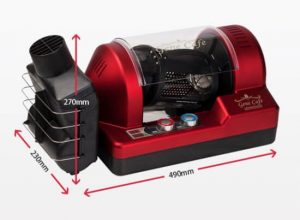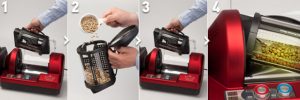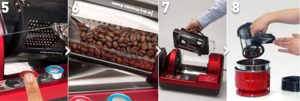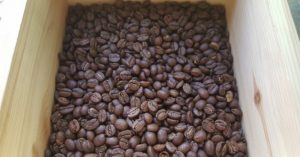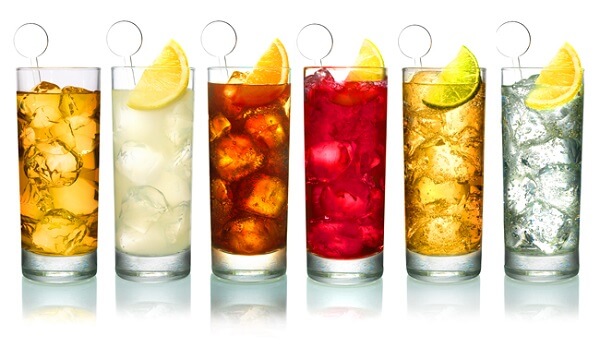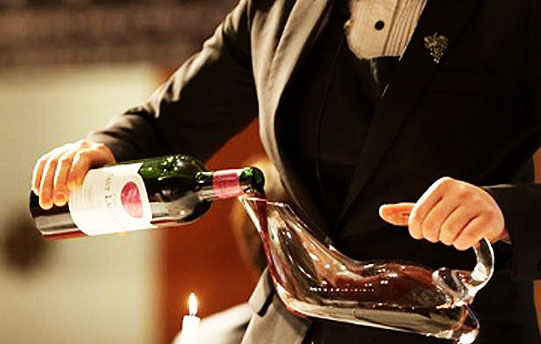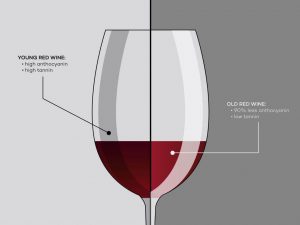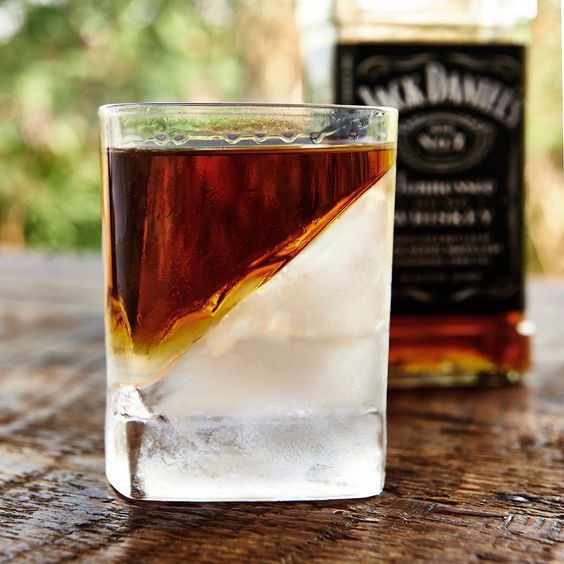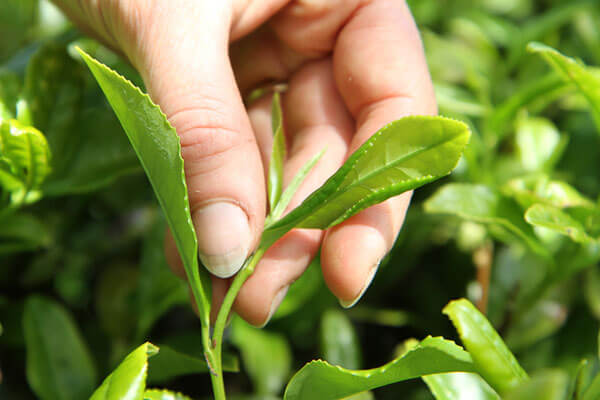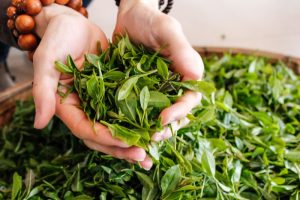How to buy cutlery
When purchasing cutlery, it’s better to think with regards to sets. Based on the size of your family, or how many persons you usually entertain, a simple 24-piece setting may be all you have to. It provides a knife, fork, spoon and teaspoon for six persons. Some grander units from elite cutlery makers such for example Christofle and Strachan sometimes come in 56-piece pieces, which comprise an eight-place placing of seven products – super fork, knife, spoon, dessert fork, knife, spoon and teaspoon.
You can include to these sets to develop too many place settings you want you to need to include other implements such as soup spoons. While getting large sets may seem to be excessive, frequently this proves to get the most cost-effective method. Buying things separately will most likely be a lot more expensive – and it’s surprising how usually the odd piece of cutlery disappears. Should you have space to retail outlet it, a few additional place adjustments will stand you in great stead for the lifespan of the cutlery, which can be anything from 10 to 200 years.
Antique, Bargain, Designer
What things to look for
Cutlery should feel pleasurable to hold and eat. It will have good harmony in hand, a healthy excess fat, and shouldn’t be too big, especially if children will be eating from the same place.
Cutlery from the 18th and 19th centuries (and their reproductions) flaunt elegant shapes and patterns. Selections from 1920 onwards could have stainless-metal blades for easier protection, but old cutlery may possess carbon-steel knife blades, that may rust if not taken care.
Bargain cutlery, like the Ikea ‘365+’ 24-piece set, presents savvy style at mass-production prices. The Maxwell & Williams ‘Bistro’ 56-part collection proves big can be fabulous and wallet-friendly. With practically all modern cutlery being created from 18/10 or 18/8 stainless steel, toughness isn’t compromised in these discount collections.
Contemporary designs like John Pawson’s pieces for “When Objects Work” minimise cutlery to its purest form – useful minimalism. For a far more decorative feel, Gervasoni’s brushed silver set wrap five portions in a linen pouch. The cost of designer pieces can initially be off-putting, however, the lifespan of fabulous cutlery and the satisfaction it provides make it easier to justify.
Care Tips
Steps to make it last
Ideally, most of the cutlery ought to be rinsed as quickly as possible immediately after use, to avoid acidic foods from staining the blades or tines. It will also end up being dried straight away, to avoid spotting and possible corrosion caused by hard plain water or detergent residue.
Dishwashers are acceptable for stainless-metal cutlery, with suppliers preferring liquid dishwashing detergent to powder. Hand-drying with a tea towel is recommended, though, as dishwashers have a tendency to keep some spotting. If your cutlery gets a build-up of bright white marks as time passes, try washing it with a paste of bicarbonate of soda and vinegar, in that case, rinse in tidy drinking water and dry extensively. By this way, the cutlery should get it back to near new.
Avoid cleaning silver-plated cutlery on a dishwasher – the silver will rapidly lose its shine and finally wear off. Silver may also move blackish if the silver sulphide designed by some foods isn’t totally removed. Intricate cope with designs are especially hard to keep tidy but don’t end up being tempted to use silver dip, which is harsh and will eventually take away the silver plating.
As they are produced from basic natural products, mock-ivory or horn-handled cutlery from the early 20th century will shrink and crack in temperature ranges above 55C. While soon after Bakelite handles are much tougher, the best guidance is to hand-clean all varieties of bone-handled cutlery. Contemporary plastic handles are more heat-resistant but can be affected by caustic dishwashing detergents – gloss finishes will end up being dulled plus some cheaper plastics in light colours can also yellow.
Assuming you have indulged in expensive cutlery, it’s valued keeping it in a felt-lined cutlery tray. And if you’re storing your very best cutlery for any length of time, wrap the bits in acid-free tissue and seal in a polythene tote, which will prevent them from oxidising.

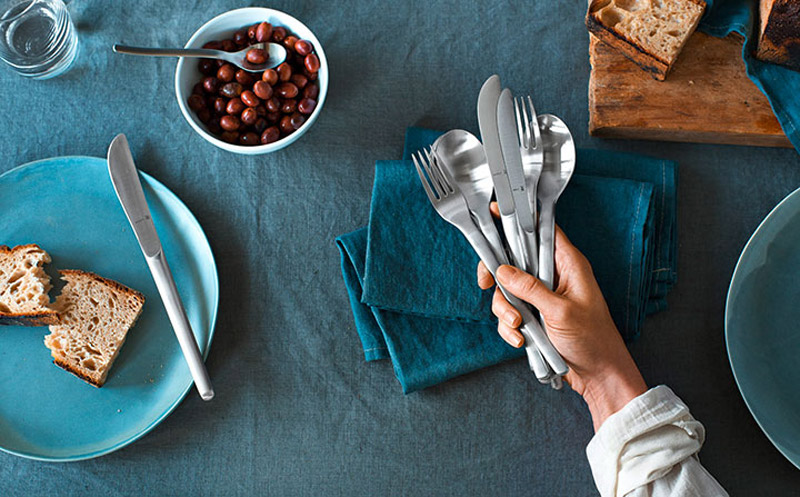
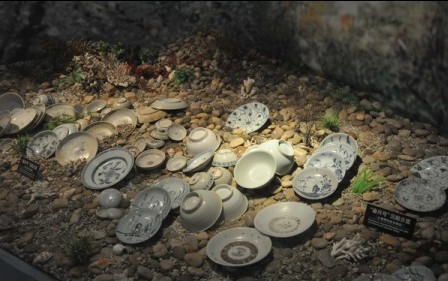

 pe, long after it was first created and produced at the time of the Tang Dynasty (618-907) in China.
pe, long after it was first created and produced at the time of the Tang Dynasty (618-907) in China.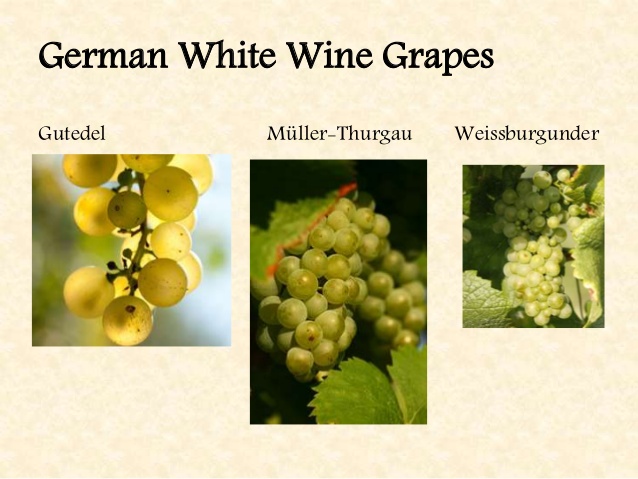

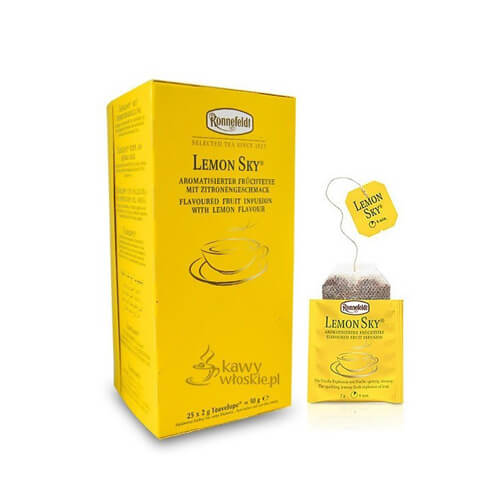
 I am going to do a quick review on Lemon Sky Teabag by
I am going to do a quick review on Lemon Sky Teabag by 
